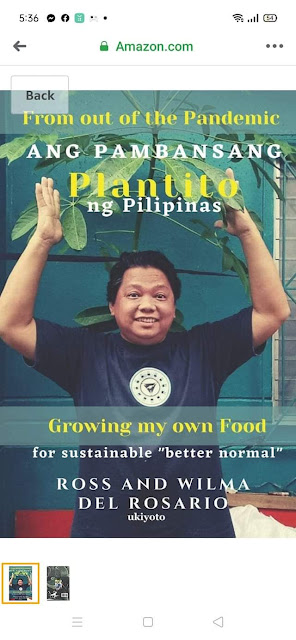Wazzup Pilipinas!?
As students return to classrooms for the School Year 2025–2026, the EcoWaste Coalition is once again sounding the alarm—this time louder than ever. Their message: Your child’s safety could be at risk with every P5 toy bought outside the school fence.
In a disturbing twist from their usual inspections of roadside vendors and neighborhood sari-sari stores, the Coalition traced the root of the problem directly to the source—wholesale toy suppliers in Binondo, Manila. What they uncovered is an unsettling truth: a flood of cheap, colorful, and often unlabeled toys are making their way into the hands of children, bypassing health regulations and basic safety standards.
On June 15, EcoWaste Coalition operatives conducted a stealth test buy at the basement of Divisoria Mall, purchasing bundles of miniature toys sold for as little as ₱65 to ₱220 per set, with individual pieces being resold to children for just ₱5 each. But these bargain-bin delights come at a hidden cost.
“These toys are not just unsafe—they’re ticking time bombs for our children’s health,” warned Aileen Lucero, the Coalition’s National Coordinator. “Despite existing regulations, our markets remain saturated with toys that expose children to toxic chemicals, physical harm, and choking hazards.”
A Silent Threat in Plain Sight
Here’s a glimpse into some of the most alarming finds:
Plastic balloon-blowing kits: Fun to use, but they emit benzene—a chemical known to cause cancer and harm the nervous system.
Labubu keychains: Cute and collectible, yet contain 1,856 parts per million of lead—a neurotoxin that can permanently damage a child’s brain development.
Transparent toy guns: These light-up playthings contain button cell batteries that, if swallowed, can burn through a child’s throat or intestines.
Artificial nail sets: Harmless-looking but infused with dibutyl phthalate (DBP)—a chemical banned in toys and cosmetics due to its reproductive and developmental toxicity.
Small magnets: When swallowed, multiple magnets can attract each other inside the body, tearing internal organs and requiring emergency surgery.
Fidget spinners with small bearings: A trend among kids that can turn deadly when the parts detach and become choking hazards.
Toy balisongs (butterfly knives): Dangerous replicas with sharp points that can cause serious cuts and injuries.
Parents: Your Vigilance Is Their Lifeline
The EcoWaste Coalition is calling on parents, guardians, and all consumers to take a stand against the spread of toxic toys. The group urges the public to buy only authorized, properly labeled toys that have been certified safe by the Food and Drug Administration (FDA).
They also released a 7-point toy safety guide to help parents make safer choices:
1. Choose age-appropriate toys.
Always check the recommended age on the label. A toy meant for a 10-year-old could be a danger to a toddler.
2. Look for quality.
Well-made toys last longer and are less likely to break into dangerous pieces.
3. Avoid small parts.
If it’s smaller than your child’s mouth, don’t buy it. Steer clear of toys with marbles, tiny batteries, and detachable parts.
4. No long cords.
Toys with strings longer than 12 inches can strangle a child if they get tangled during play.
5. Injuries are not fun.
Skip toys with sharp points, loud sounds, or projectile features that can harm a child’s body, especially eyes and ears.
6. Say NO to lead paint.
If the paint isn’t certified lead-free, it’s not worth the risk. Lead poisoning can cause lasting brain damage.
7. Reject PVC plastic toys.
Toys made from polyvinyl chloride (PVC) often contain toxic additives like phthalates that leach out when chewed or sucked.
“This isn’t just a matter of cheap versus expensive,” Lucero said. “It’s a matter of life and death, of lifelong health versus preventable harm. Before you hand your child that next toy, ask yourself: Is it worth the risk?”
As the back-to-school frenzy continues, the EcoWaste Coalition hopes that this wake-up call will compel both authorities and parents to act swiftly. Because every child deserves safe play—not a toy store trap disguised as a reward.
























 Ross is known as the Pambansang Blogger ng Pilipinas - An Information and Communication Technology (ICT) Professional by profession and a Social Media Evangelist by heart.
Ross is known as the Pambansang Blogger ng Pilipinas - An Information and Communication Technology (ICT) Professional by profession and a Social Media Evangelist by heart.






.jpg)





Post a Comment